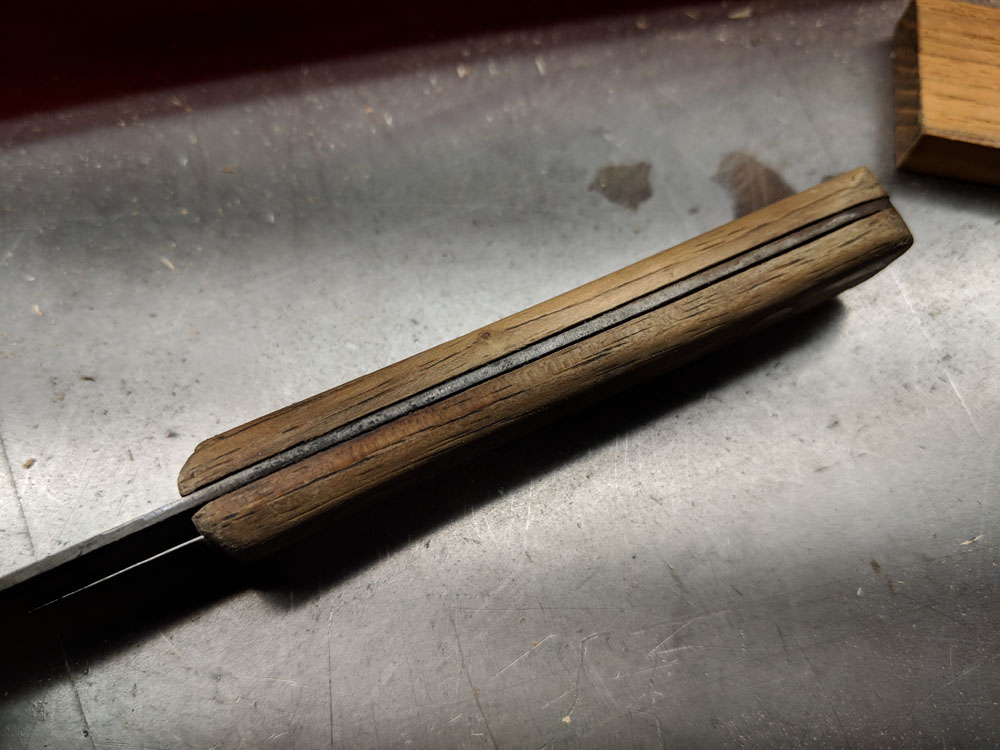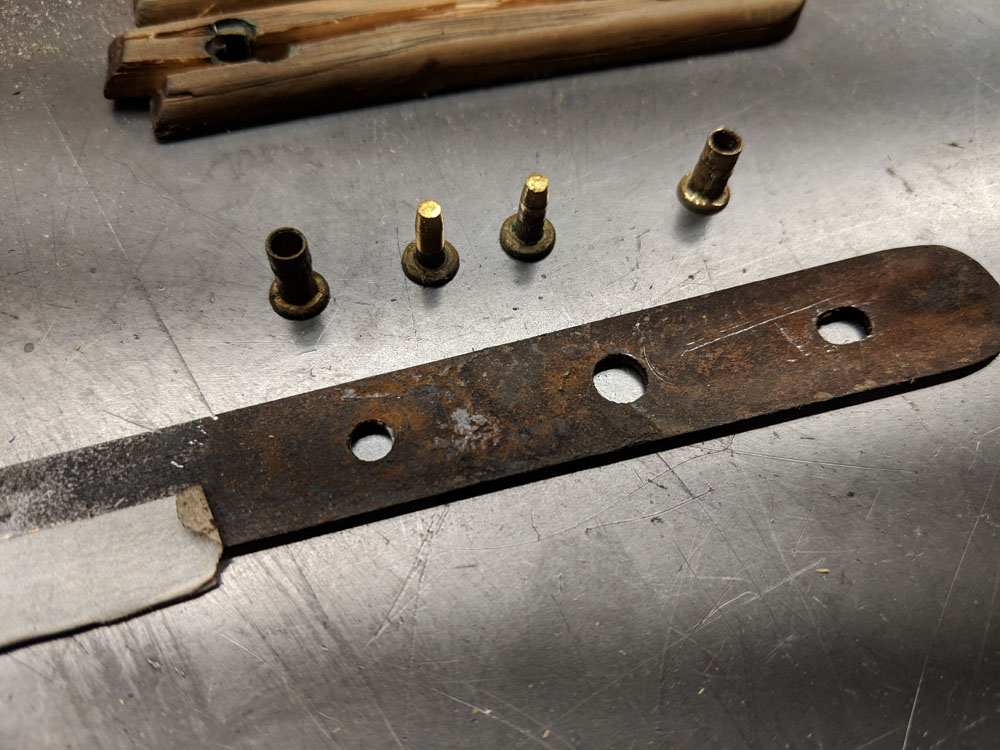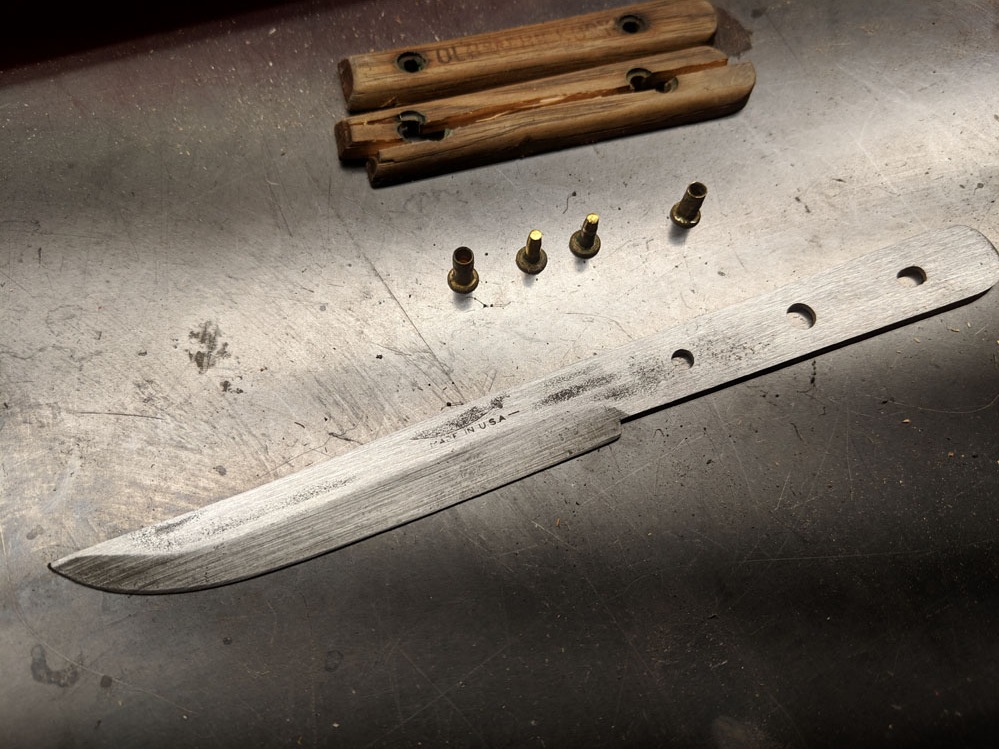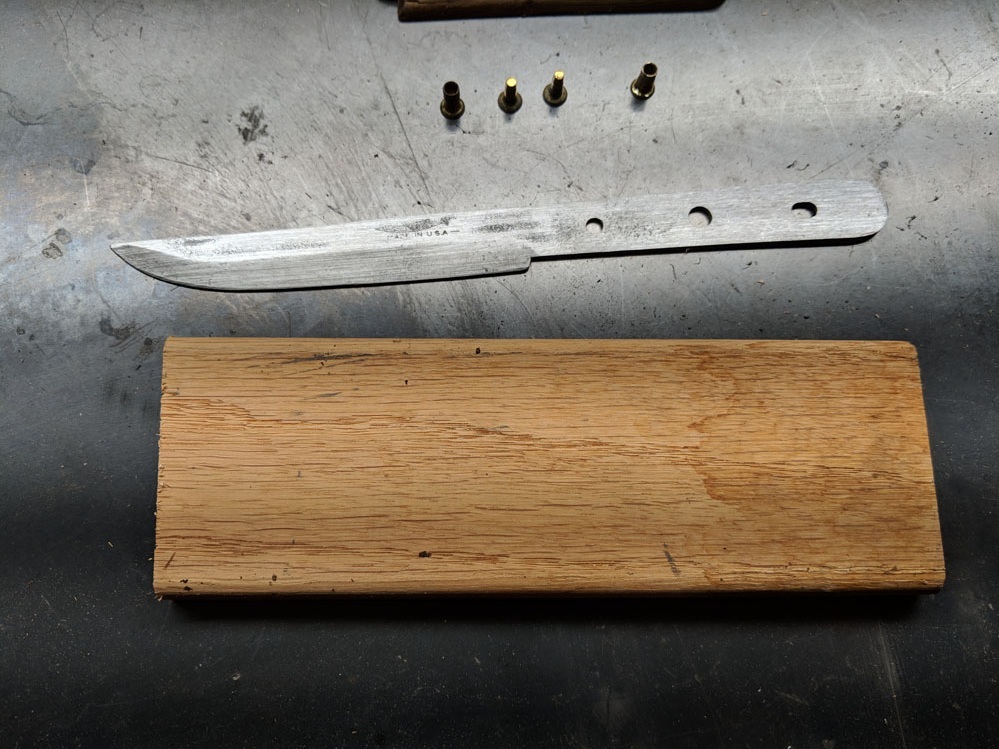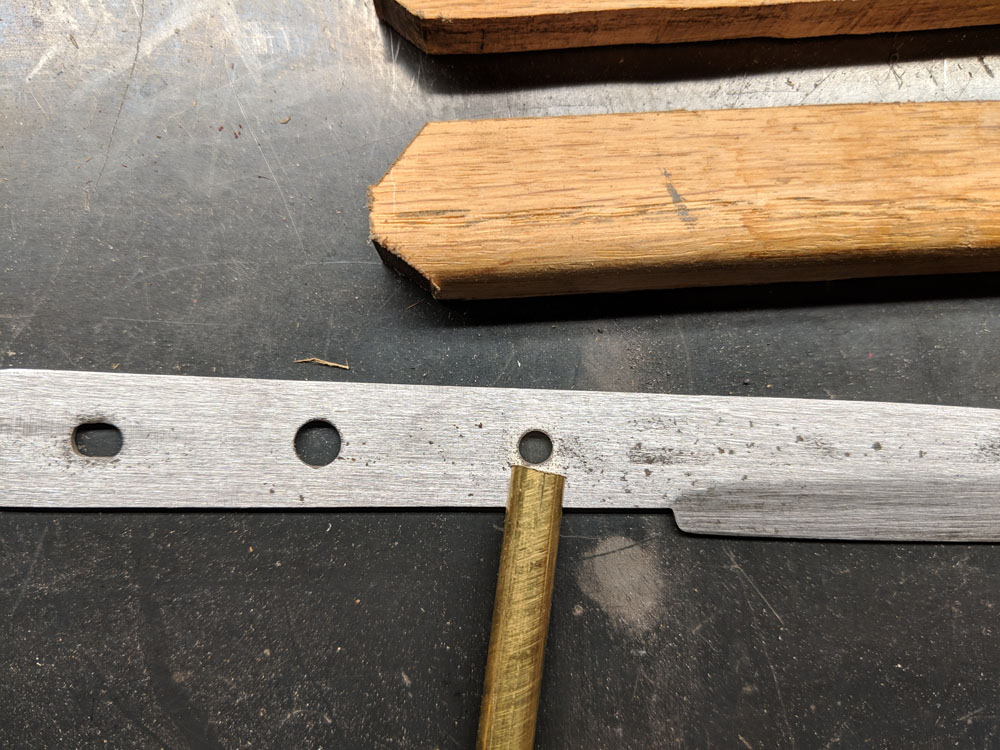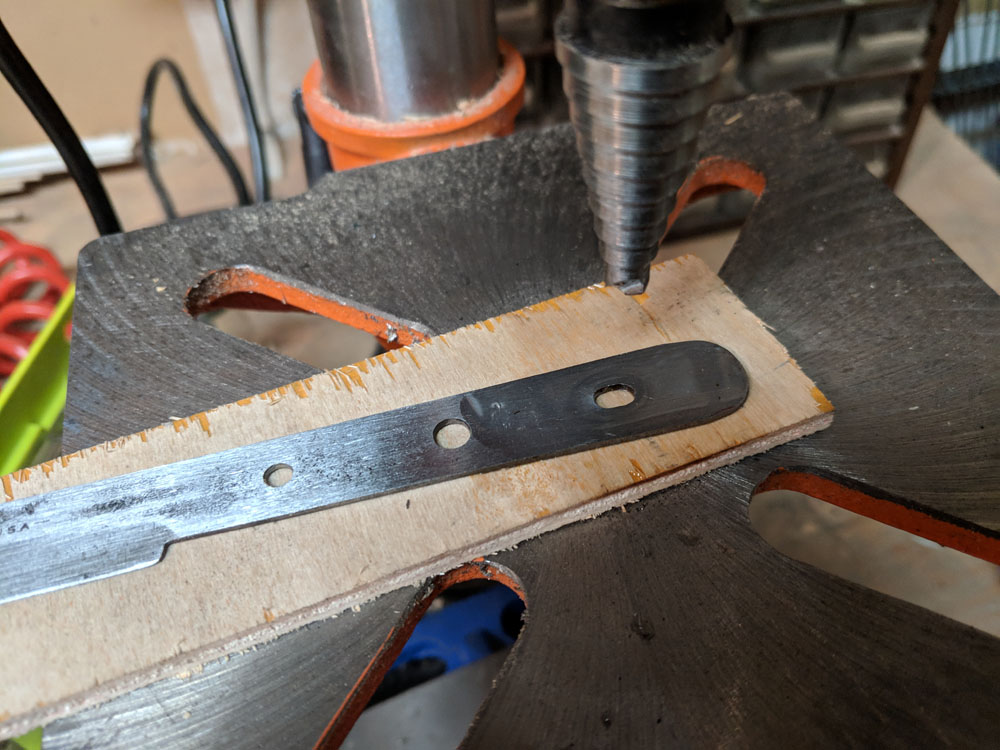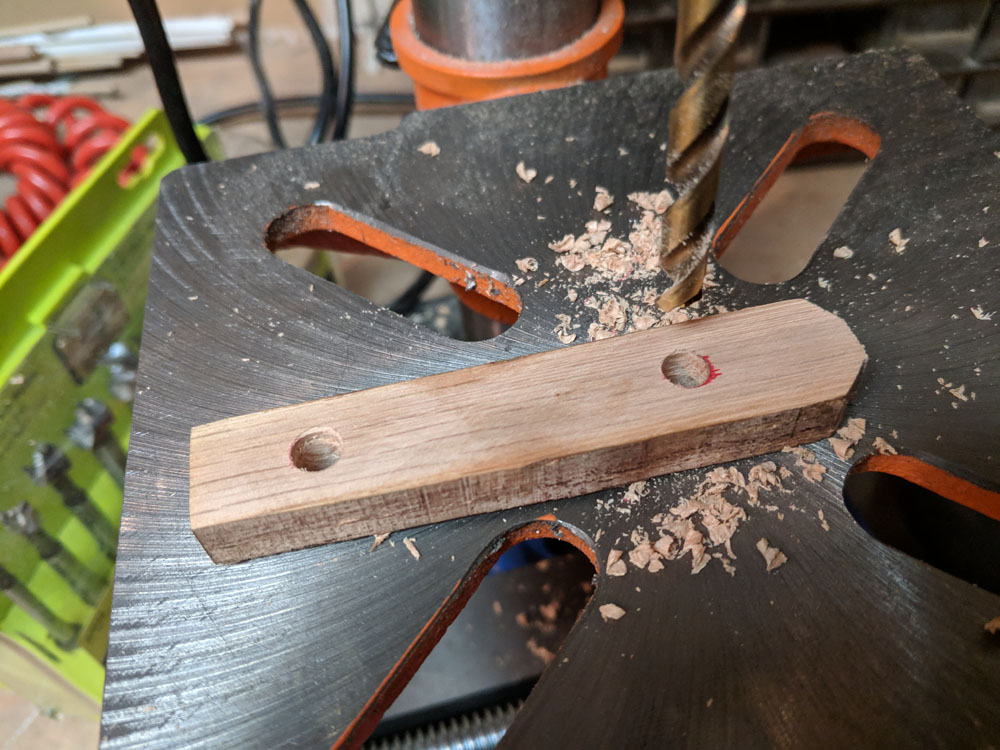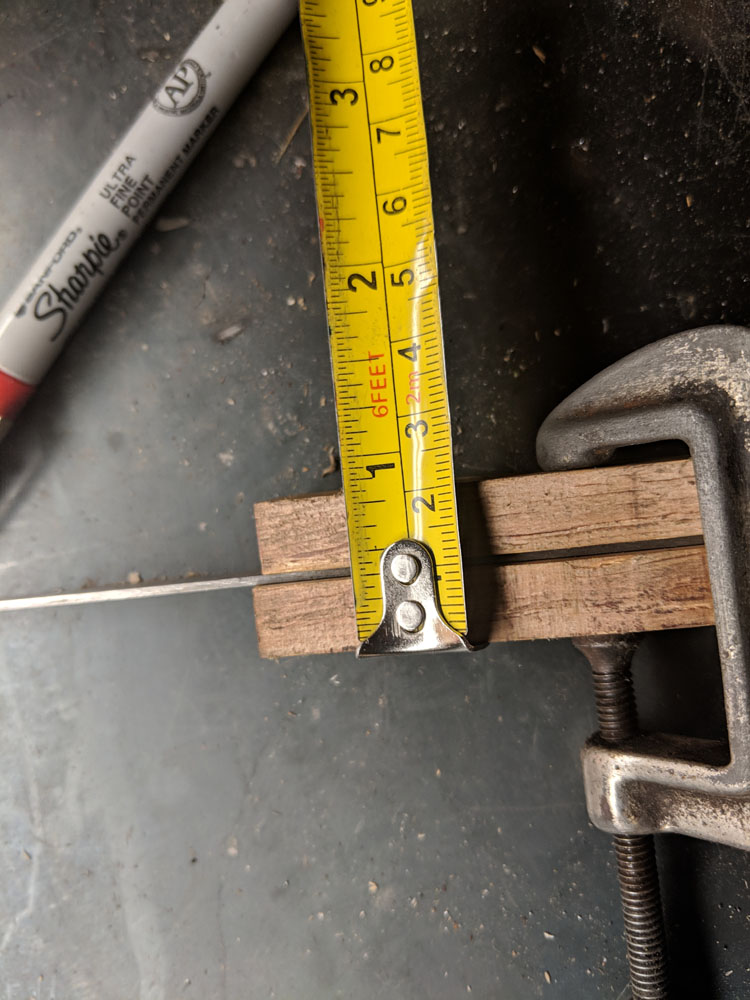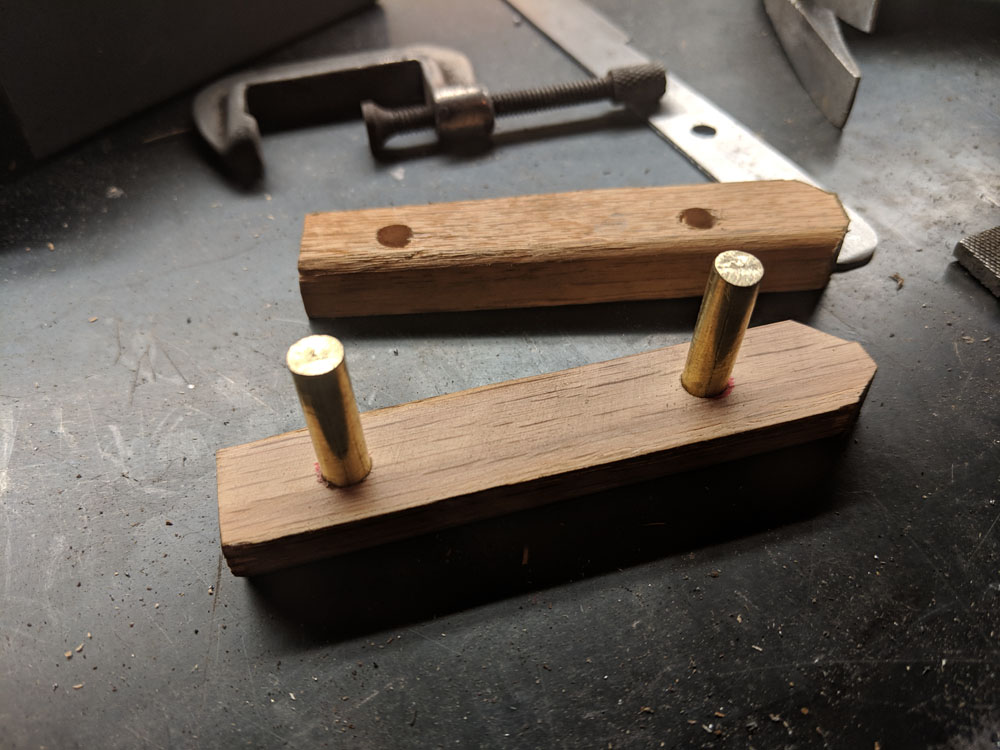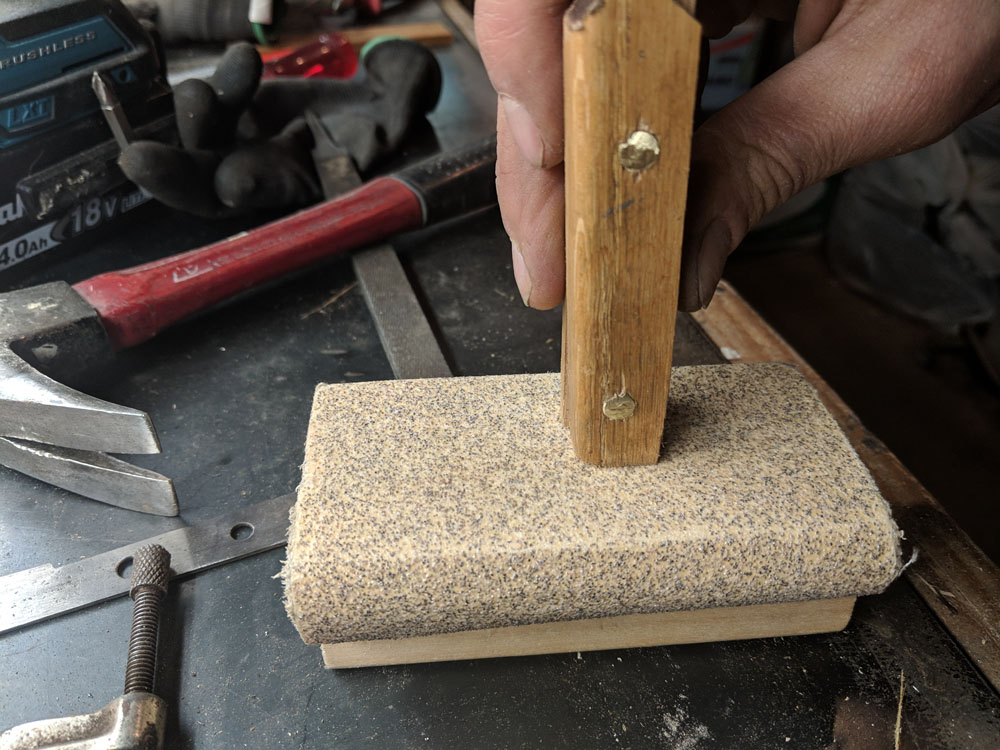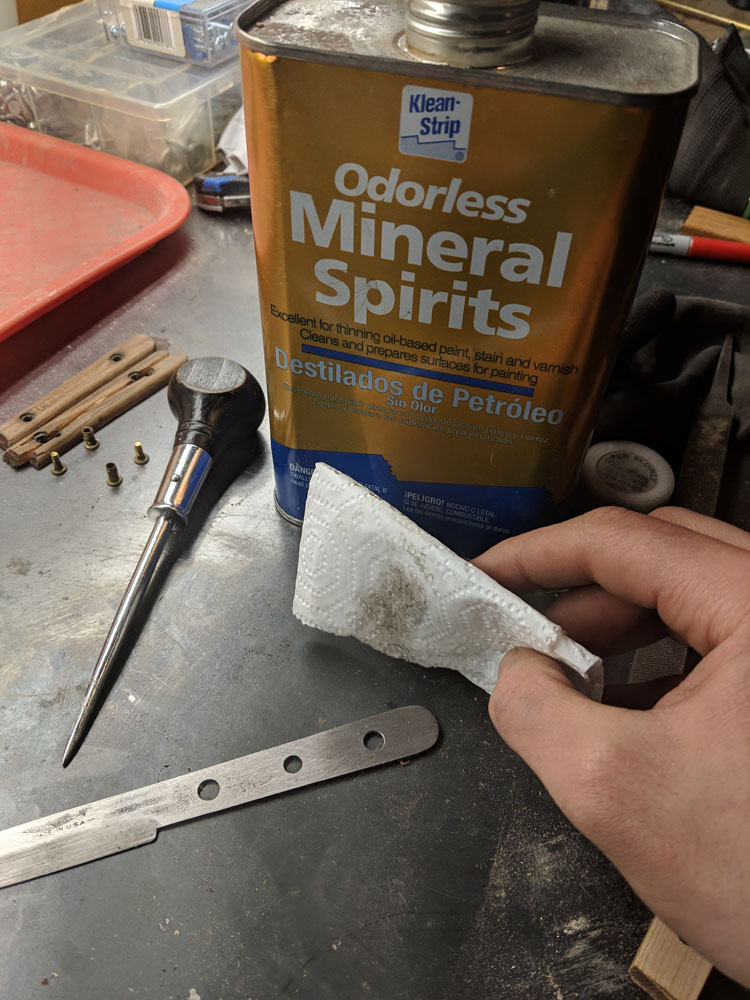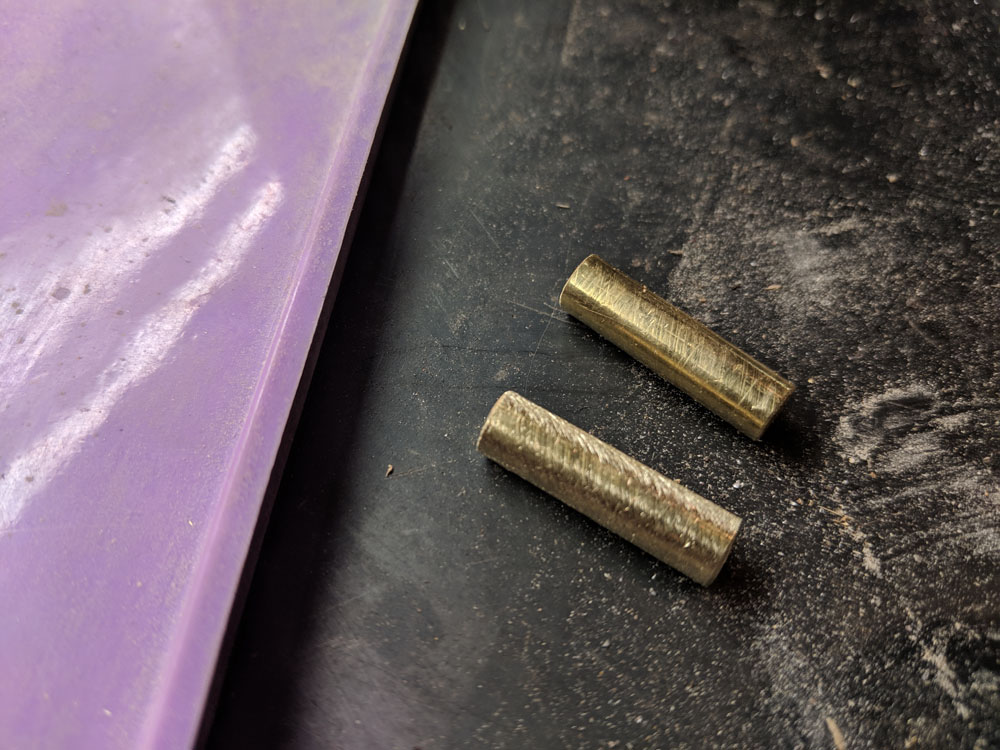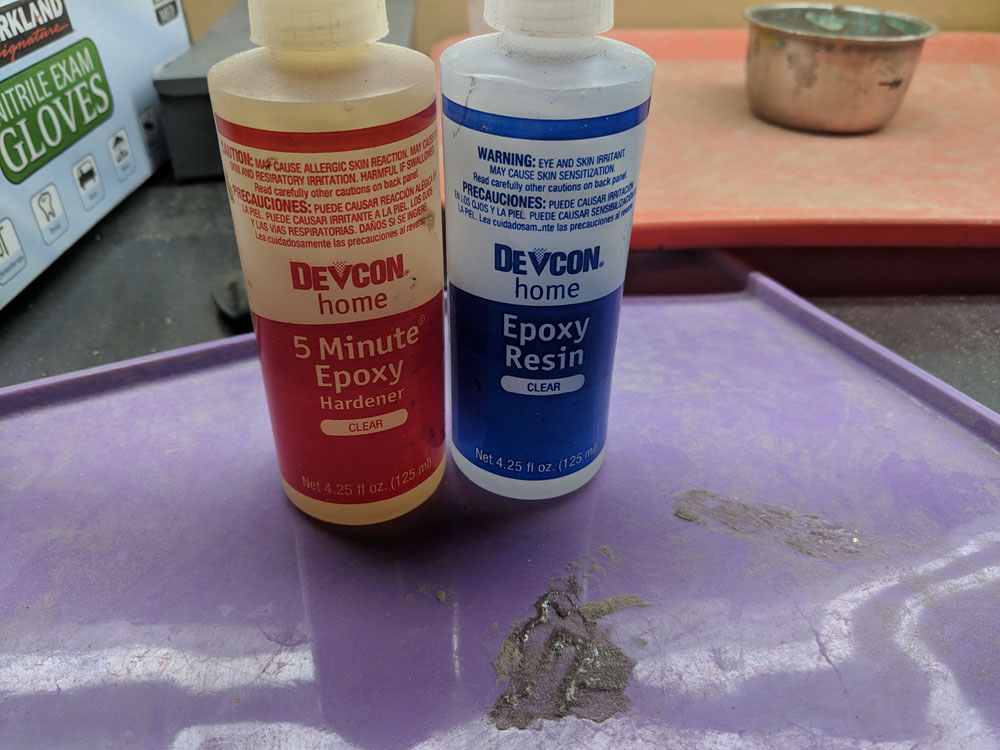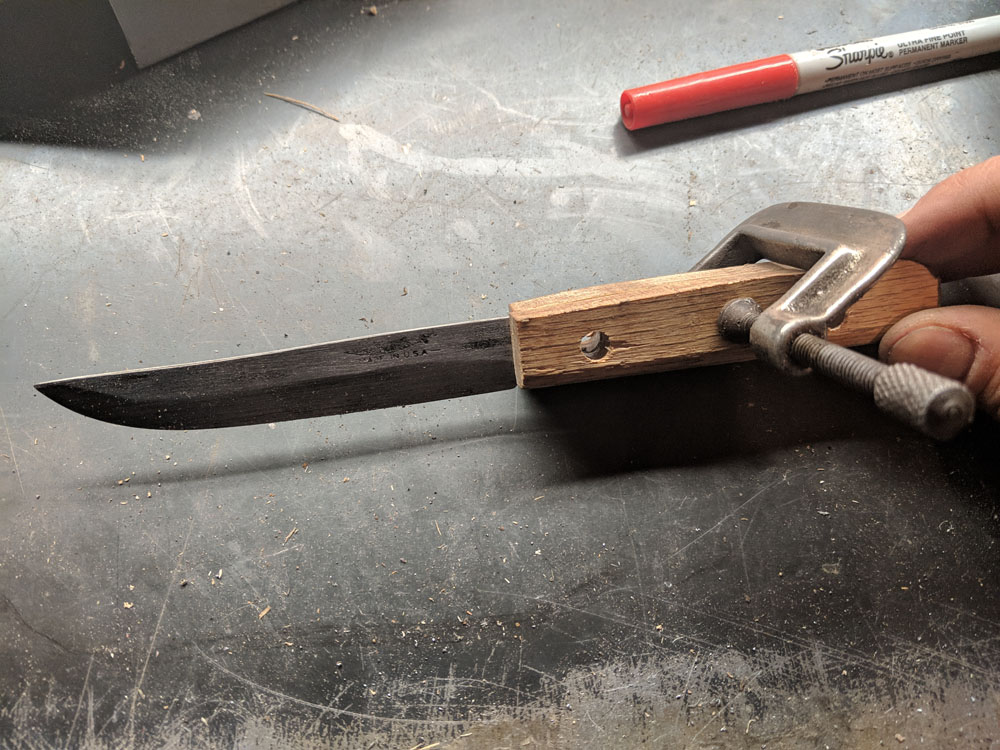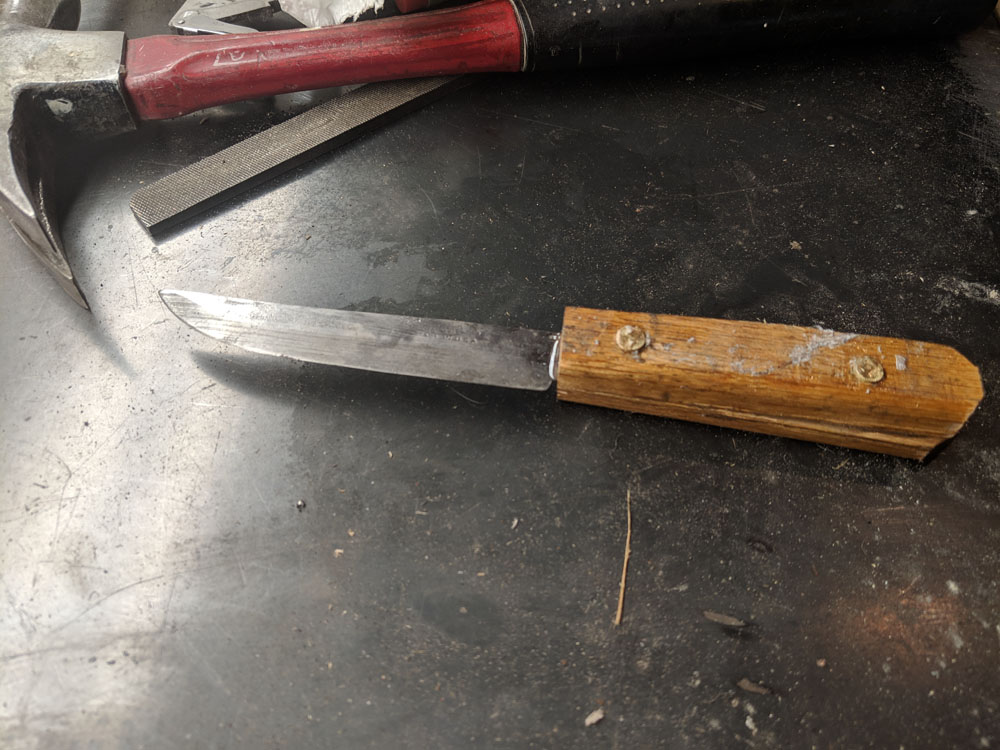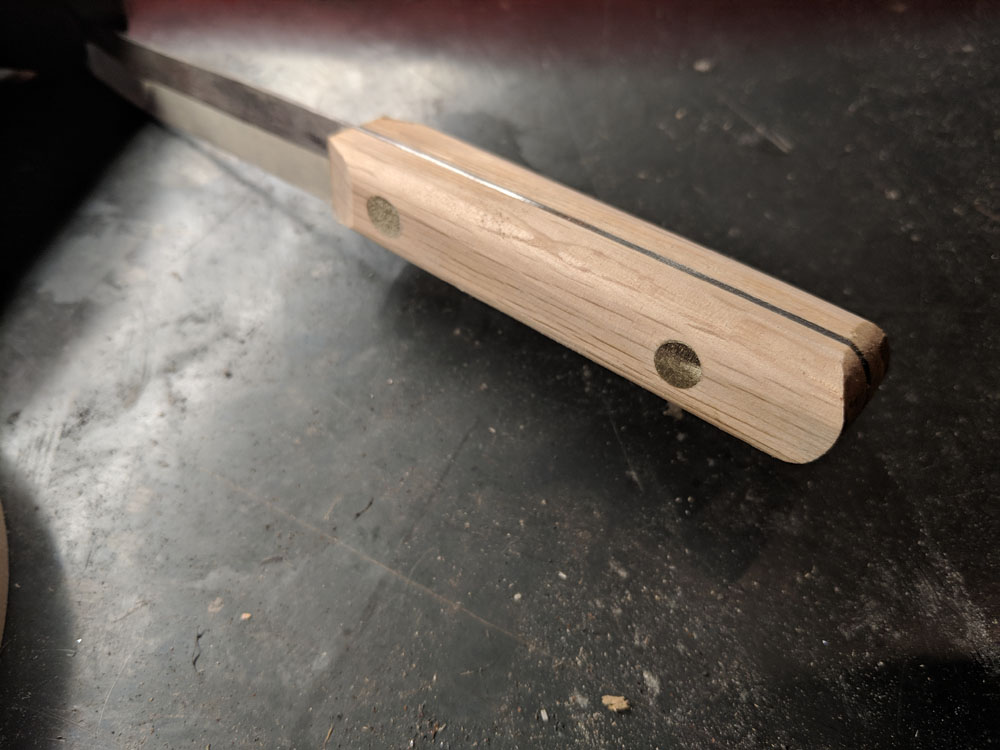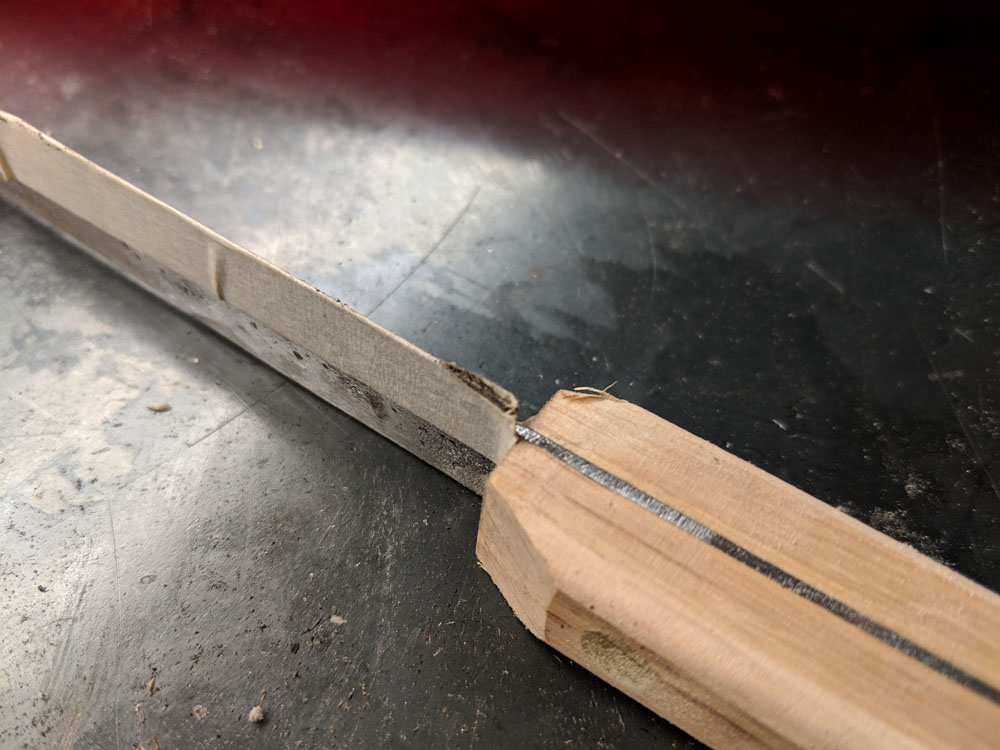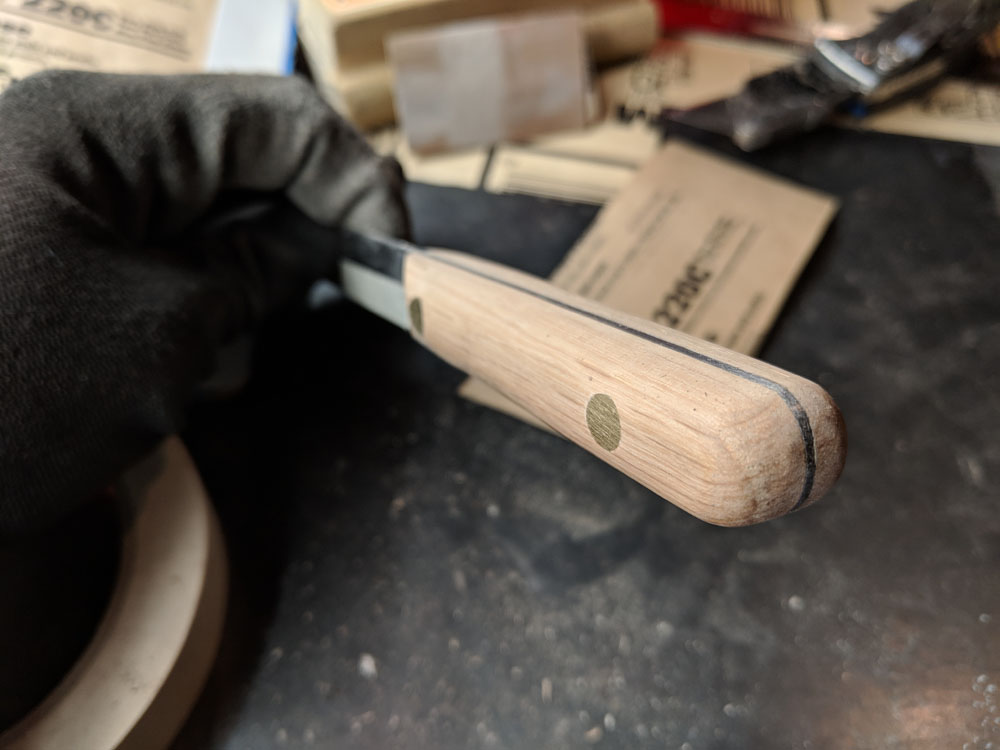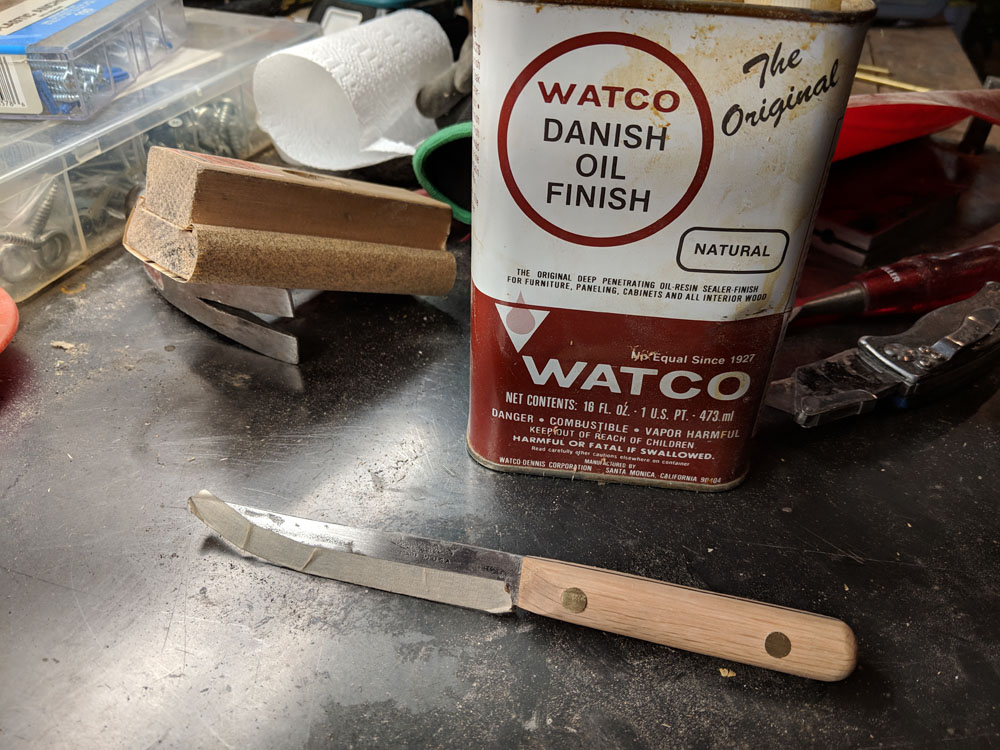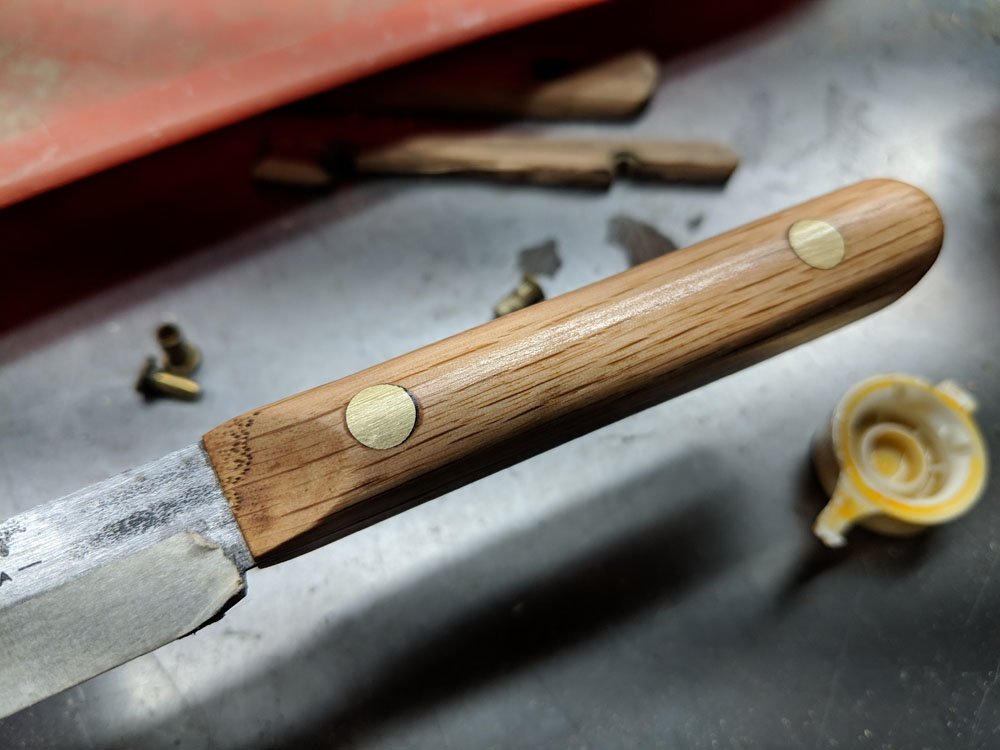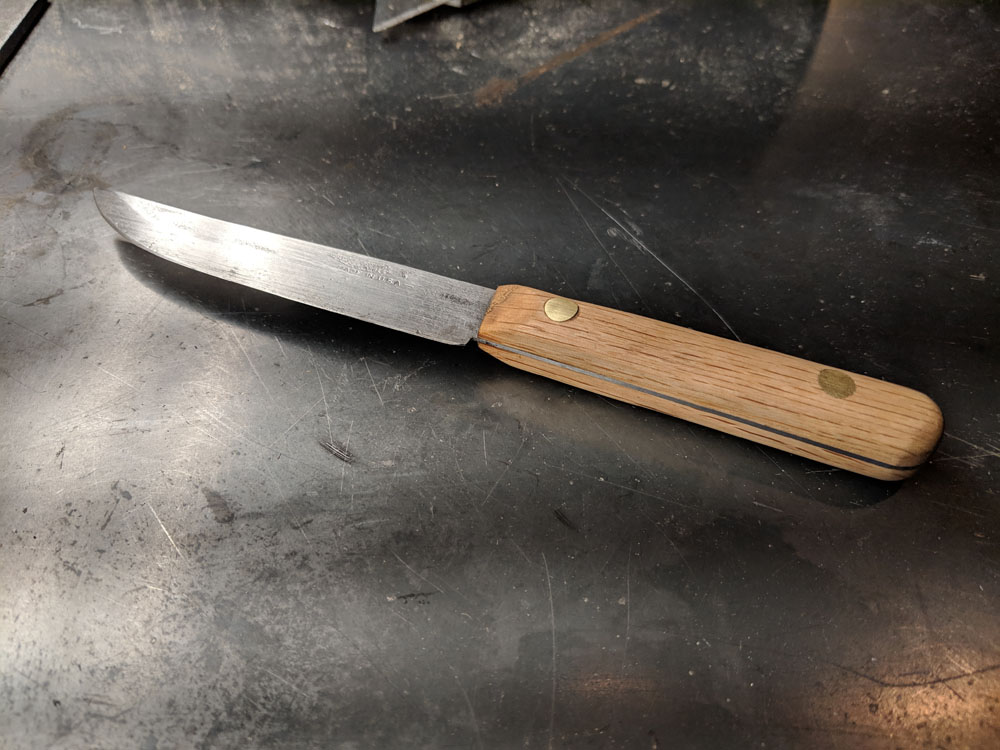Project: Knife Restoration
When I was younger, I used to be drawn toward the new. Shiny, freshly manufactured products were somehow better than worn, used, and aging ones. I think it must have been the sense of longevity a new product gave me. If it were brand new, I could trust that it would last me the longest possible time it could last. I could trust that there weren’t any hidden problems. I just loved new things. And if I’m honest, there’s still a part of me that appreciates the new. Product development and innovation is an ongoing process, and to some degree a new product my indeed be “better” than its predecessor, loaded with the latest and greatest technology.
However over the past, say, ten years, I’ve noticed myself having a growing appreciation for older things. My appreciation probably started when it comes to machine tools: mills, lathes, vices, that kind of thing. The ones built in the 40s and 50s are unbelievably solid, and if they’re well kept, will easily last another hundred years. This isn’t to say that the newly manufactured ones are inferior. Rather, that it would be a shame to let one of those old, beautifully crafted machines rust away when it still has so much life left to give. It may be very Japanese of me to say so, but older objects seem to have more of a soul. I find myself marveling at the hands that crafted these things, back when much of the manufacturing technology we have now didn’t exist.
With that being said, I find myself wanting to let the things around me live the best lives they can. Which is to say I would love for those objects to continue to be used while they’re still useful.
I recently visited a thrift shop and on a whim I started looking through the knives. I have a cheap fruit knife that’s disintegrating and was on the lookout for a replacement. I’ll be the first to admit that I know very little about cutlery, but I selected one out of the bin based on these reasons:
It has a carbon steel blade — I understand that many chefs prefer carbon steel to stainless for ease of sharpening. Well-used blades get dull quickly in a kitchen, and being able to hone the edge easily is a boon.
It has a full tang — I’ve heard that can be a sign of quality.
It s a wood handle — Again, a possible sign of quality (over, say, plastic).
Despite my careful selection, after a quick search online it seems Old Hickory tends to make cheapish knives. Further, I don’t think it’s technically the right shape to be a fruit knife — I think this is more of a utility/outdoorsman kind of knife. Oh well. For a buck fiddy, I can’t have gone too wrong, right? It still makes for a fun project and it’ll still cut an apple.

